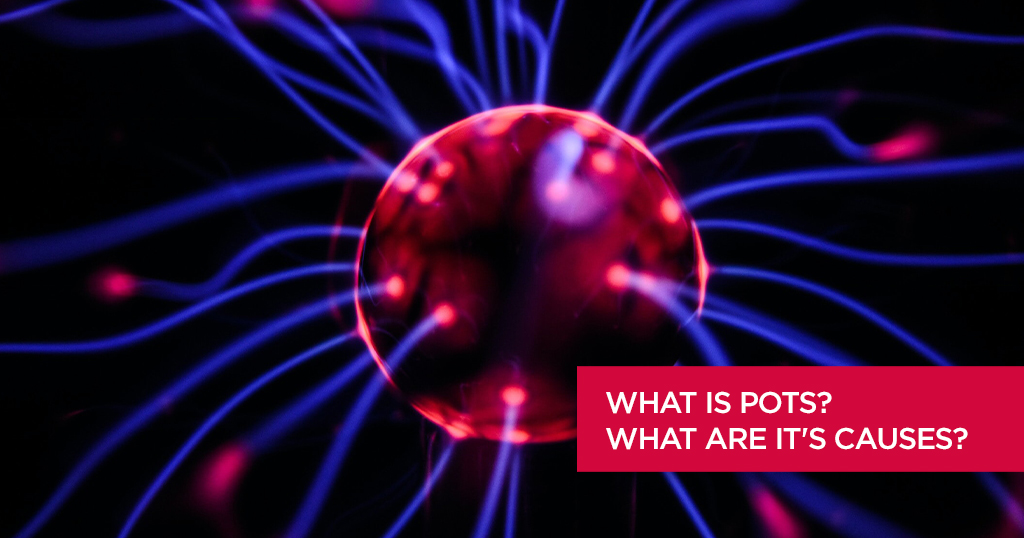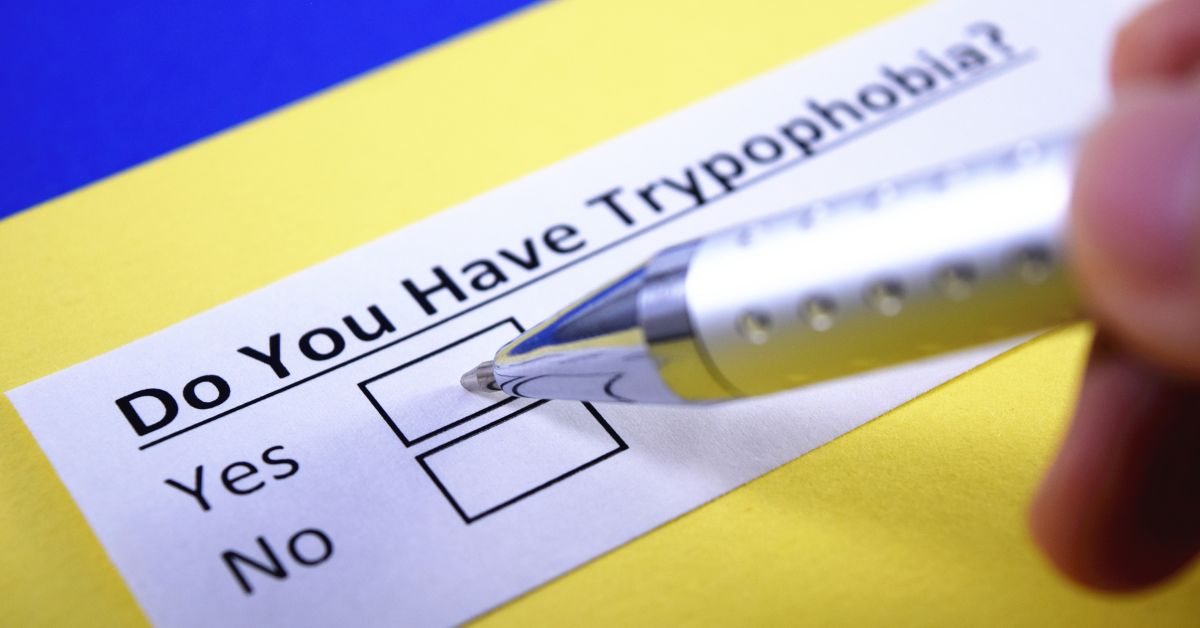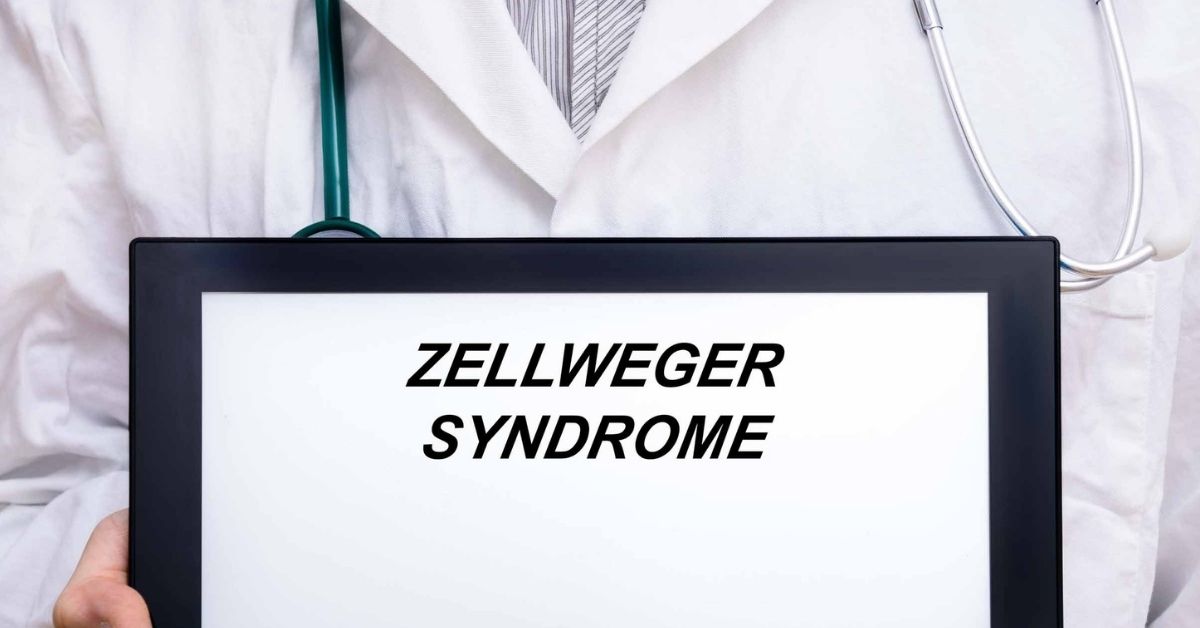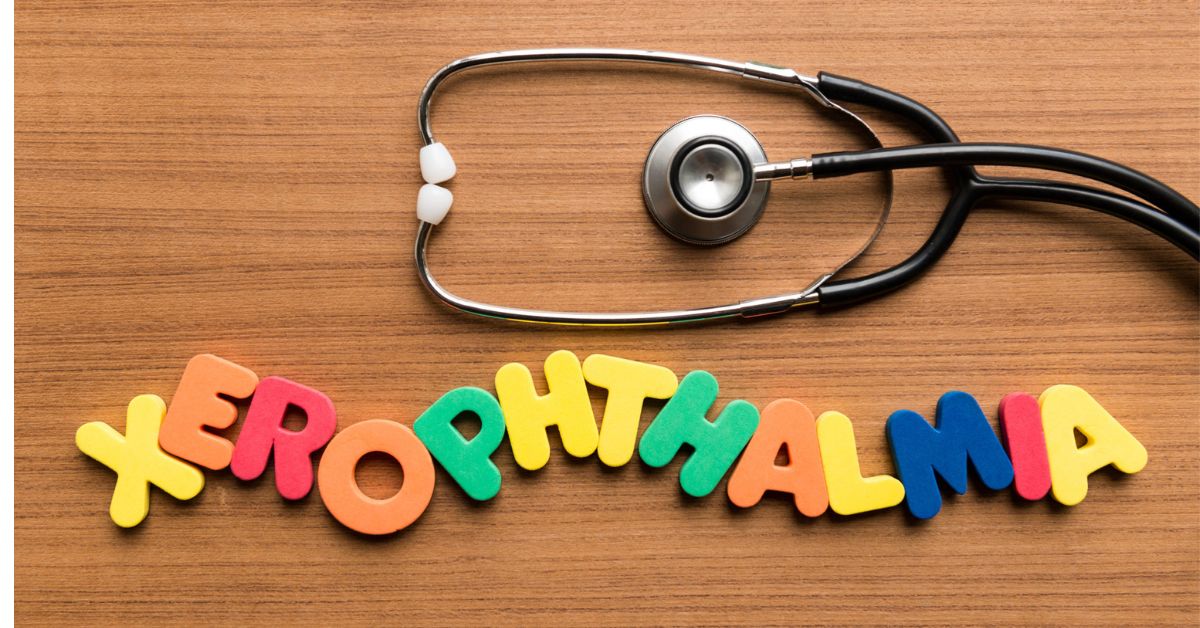What is Postural Orthostatic Tachycardia Syndrome (POTS)?


What Is POTS?
POTS or Postural orthostatic tachycardia syndrome is a blood circulation condition in which your heart rate changes whenever you change positions. However, ideally, your heart rate should remain the same whether you are sitting up, lying down, or standing. This change in heart rate is known as Orthostatic Intolerance (OI).
According to trusted sources, as many as 500,000 people in the US have Orthostatic Intolerance (OI). However, others believe that the figure is much higher, with an estimate of more than 5 million people experiencing OI. People with this neurological condition experience the symptoms in various intensities. Moreover, around 25% of them experience severe symptoms that might lead to physical impairment.
During a POTS attack, a person is likely to experience dizziness, fainting, or lightheadedness, rapid increase in heart rate with change in position.
The causes of POTS disease are not yet fully known to the researchers. However, with the right combination of medications, physical therapy, diet, lifestyle changes, and other treatments, you can get relief.
What are the types of POTS?
Some of the most common POTS are:
Neuropathic POTS attack: In this type of POTS, small-fiber neuropathy occurs that involves damage to the small nerve fibers that control the contraction of blood vessels in your abdomen and limbs, facilitating blood flow.
Hyperadrenergic POTS: In this type, the levels of norepinephrine (stress hormone) are very high. It makes your sympathetic nervous system (SNS) overactive.
Hypovolemic POTS: It happens when you have an abnormally low level of blood in your body.
Secondary POTS: An underlying condition, including Lyme disease, diabetes, and autoimmune health conditions, like Sjögren’s syndrome and lupus, may cause autonomic neuropathy in a person with secondary POTS.
What are the Symptoms of POTS Attack?
POTS symptoms are more pronounced after a meal when the blood is redirected to your digestive tract. You might also experience the symptoms when stressed, standing in line, or in the shower.
- Pain in the stomach
- Dizziness or fainting
- Blurry vision
- Brain fog
- Feeling hot or cold
- Shaking or tremors
- Excessive sweating
- Nausea
- Vomiting
- Bloating
- Diarrhea or constipation
- Extreme fatigue
- Higher or lower blood pressure
- Changed heart rate
- Chest pain
- Anxiety
- Headaches, body aches, or neck pain
- Insomnia
- Unusual color of the hands and feet
What causes POTS?
Unfortunately, scientists and researchers do not have a clear understanding of what causes Postural Orthostatic Tachycardia Syndrome (POTS). However, it has been observed that most people with this condition begin to notice their symptoms after major surgery, pregnancy, trauma, or viral illness. The symptoms might also increase before a menstrual period.
Most researchers believe that multiple factors may cause POTS. There are several associated abnormalities with the condition which can influence its development and progression. These include:
- Damaged nerves in certain muscles, especially in the legs and feet
- Abnormal decrease in the levels of blood
- Less blood returning to the heart when shifting positions
- Heart disease
- Fluctuating blood pressure
- Increased stress levels
A small percentage of people with POTS have a family history of OI. This implies that there might be a genetic factor involved in the cause of POTS.
What are the Risk Factors for POTS?
Most people with POTS are girls and women between 15 and 50 years old. Many in this category report symptoms of POTS just before their menstrual period. However, certain factors increase the chances of developing the condition. These include:
- A viral illness, severe infection, medical illness, pregnancy, or trauma that requires hospitalization and bed rest
- A recent history of mononucleosis
- Autoimmune conditions like Sjogren’s syndrome and celiac disease
- People with medical histories or health conditions related to secondary POTS are potentially at a higher risk of developing POTS. The conditions include the following:
- Amyloidosis
- Chronic diabetes mellitus
- Alcoholism
- Heavy metal poisoning
- Sarcoidosis
- Sjögren syndrome
- Lupus
- Chemotherapy
How is POTS Diagnosed?
The primary indicator of POTS is an increased heart rate after standing up. The increase has to be more than 30bpm and must be observable within ten minutes of changing positions. The increased heart rate must also last for at least 30 seconds. This increase in heart rate should also be accompanied by other symptoms of POTS.
In order to determine if you meet these criteria for an official diagnosis, your doctor might recommend a few tests. These tests include:
- Tilt Table Test: You will be asked to lie on a tilt table while your blood pressure and heart rate are monitored. The bed will be slowly tilted to an upright position.
- Active Stand Test: You will be asked to lay down, and your heart rate and blood pressure will be checked. You will then be asked to stand up, and the measurements are immediately recorded. The measurements are again taken after 2, 5, and 10 minutes.
- Electrocardiogram (ECG): test checks the electrical activity of your heart.
- Echocardiogram: Echocardiogram gives your doctor an ultrasound of your heart.
- 24-hour Blood Pressure and Heart Rate Monitoring: Several small devices will be attached to your belt to take regular readings for 24-hours while carrying out regular activities.
- Blood Tests: Kidney, liver, thyroid function, blood count, calcium, and glucose levels are checked to rule out any other underlying causes for the symptoms
Request an appointment at Apollo Hospitals
Call 1860-500-1066 to book an appointment
How is POTS Treated?
Unfortunately, there is no specific cure for POTS. If the condition’s underlying cause is determined, then your doctor will put you on a treatment plan to address it. In most cases, doctors recommend that POTS symptoms be managed. Some standard POTS treatment options include:
Compression stockings: These stockings help push blood up from your legs to the heart. You should have ones that provides at least 30 – 40 minutes of compression and go all the way up to the waist, or at least up to the thighs. Your physician can prescribe a pair.
Medication: Your treating doctor may prescribe medications like phenylephrine, midodrine, fludrocortisone (including more salt and water), or a type of drug called beta-blocker to help with the blood flow.
Exercise: While POTS can make it hard to be active, even light exercises like simple yoga or walking can help with the blood flow and keep the heart healthy.
Diet: Salt and water play a significant role. They help keep liquids in the body and raise the amount of blood in your body. Eat olives, pickles, salted broths, and nuts. Take smaller meals more often with a healthy balance of fruits, vegetables, protein and dairy.
Lifestyle: If you get easily tired, you may not have the energy always to take care of yourself. Learn how to check your pulse and blood pressure. Talk to your doctor to know what your numbers should ideally be, and check them regularly.
Sleep: Try set up a routine sleep schedule. You can also raise the height of your bed’s head to enable you to stand up easily after lying down.
Communication: As POTS makes simple activities a bit harder, which can make you frustrated and stressful, a therapist or support group can help you manage emotional issues the condition can cause.
Conclusion
Most people ask, is POTS syndrome life-threatening? While POTS is not necessarily a life-threatening condition, it could indicate a much more severe underlying condition. If you are experiencing the symptoms of POTS, then please consult with a healthcare expert today.
Frequently Asked Questions (FAQs)
How do you fix postural orthostatic tachycardia?
Following are the treatment options for POTS (Postural Orthostatic Tachycardia Syndrome):
- Using medications, including pyridostigmine, fludrocortisone, salt tablets, beta-blockers, etc.
- Wearing medical compression stockings (thigh-high).
- Entering a reliable cardiac rehabilitation program.
- Keeping an eye on your blood pressure.
Can pots cause heart failure?
People who have POTS show some functional impairment, like people with congestive heart failure or COPD ( chronic obstructive pulmonary disease). However, most people with POTS have a healthy heart.
Why do POTS patients need salt?
According to research, increasing the amount of fluid can help reduce your heartbeat by around 8 to 15 beats a minute, and increasing the amount of salt can do it by 5 to 10 beats a minute. These crucial lifestyle modifications help treat POTS.
Can anxiety cause POTS?
Although anxiety is less likely to be the primary cause of POTS, it can affect the quality of life and worsen the other symptoms of POTS.
What is the best diet for pots?
Smaller meals at frequent intervals are likely to help you relieve the symptoms of POTS. Make sure to include foods containing complex carbohydrates and high fiber to keep blood glucose in control. In simple words, eat a balanced diet with veggies, protein, fruits, and dairy products.
References:
https://www.askapollo.com/physical-appointment/neurologist
https://www.apollohospitals.com/patient-care/health-and-lifestyle/understanding-investigations/mri
https://hyderabad.apollohospitals.com/apollo-hospitals-live-love-laugh-foundation-join-hands/
© Copyright 2024. Apollo Hospitals Group. All Rights Reserved.
 +91 8069991061
Book Health Check-up
Book Health Check-up
Book Appointment
Book Appointment
+91 8069991061
Book Health Check-up
Book Health Check-up
Book Appointment
Book Appointment







